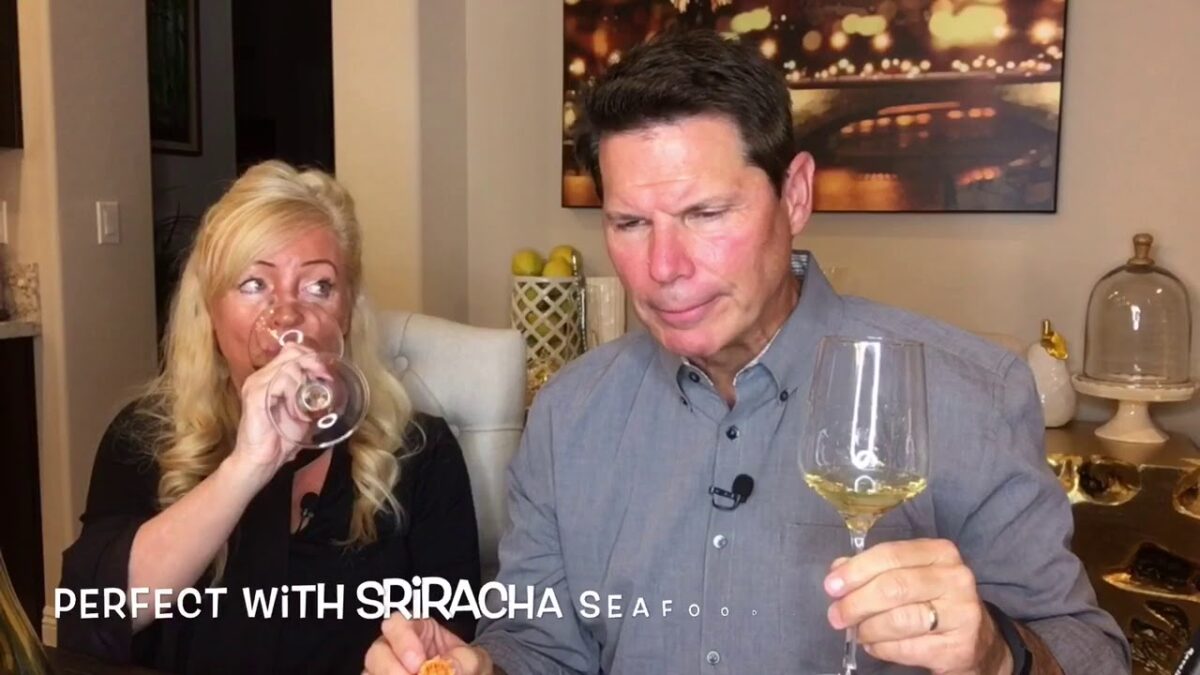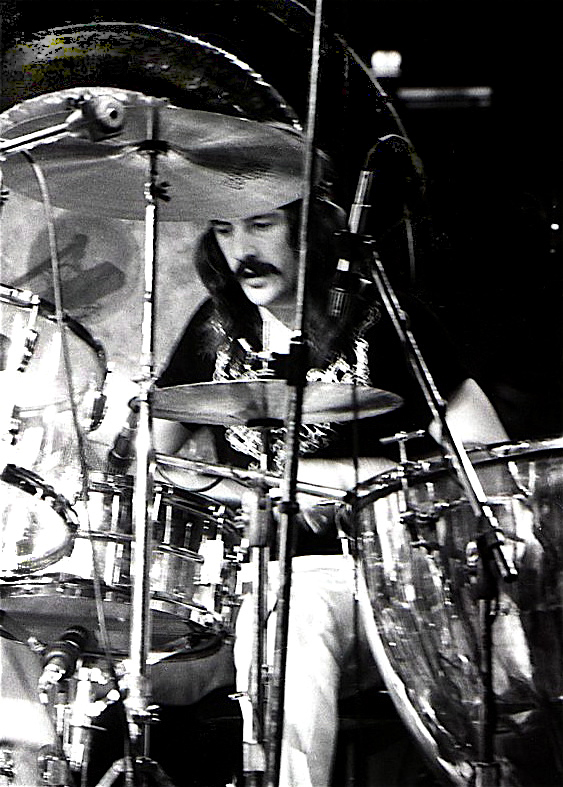Johnnie Walker Blends Reviewed
“Oh, this is a highland malt; highland malts are traditionally smoky. Perfectly compliments a light Dominican.”
“The nose is peaty, but the finish is all sweet pear, with just a hint of lemon-to-almost grapefruit spiciness.”
“The Islay malt finishes strong, with flavors of oxidized wine, a bit of pepper, and a touch of sherry.”
You’ve heard this kind of talk before. Enough to give any decent man an icepick-between-the-eyes headache. You’re having a drink, a scotch, and as you’re generally prone to, you’re planning to have about four. (All right, six.) And there they are – perhaps your friends, perhaps not. Perhaps just a group at the edge of the bar, not even old enough to have been drinking legally for a decade, going on and on and on like some horrible Cigar Aficionado article come to life, swirling the liquid on their tongues, pontificating like tweed jacket academics talking Hegel… all on the chemistry of scotch.
But not just any scotch. No, that would never do. It must be a certain breed of scotch. The glorious, exalted Single Malt.
I’ve not come to piss on the parade. I like a single malt as much as the next guy. I liked each one I’ve tried so far, and I’ll undoubtedly enjoy all the rest. But let’s admit what we know and plainly see – the recent obsession with single malts is a fad. A fad at the peak of its wave. The subject’s been examined, critiqued, and dissected in recent years more than Dom DeLillo… a liquid poured more for discussion than imbibed for its honest purpose: To deliver a tasty, solid drunk.
So I say fuck the single malts. Let’s talk about what drinkers who drink to drink as much they do for taste drink when they’re drinking scotch… what everyone knows tastes as good as, and in many cases, better than most of the blessed single malts: The Johnnie Walker Blends.
Yes. The Johnnie Walker Blends. Why? Because, like it or not, the JW Blends still tower above your Macallans, Laphroaigs, Glenfiddich, and Obans, Glenlivets, and Balvenies. And not because of sheer ubiquity. Because the blends simply taste better.
“Philistine!”
Really? What’s better than a perfectly smooth malt? How about a whole bunch of them mixed together in a recipe enhancing the strongest points of each?
Or maybe I can put it this way… Who would you rather fuck – any one supermodel or a hybrid incorporating the finest features of them all? (No shit, you’d be fine with either. But let’s not fight the hypothetical.) If you could have any one of the centerfolds and lingerie models you’ve masturbated to since eighth grade or the best of all of them in one package, which would it be?
Exactly.
The only trouble with the Johnnie Walker blends is that they’re deeply misunderstood, having rarely been assessed like single malts. Some people judge them by price. Some people judge them by color, like Weezer records (“Blue is undoubtedly the best, then the Green Album… and Red is, of course, at the bottom.”) Neither approach is correct. And in the interest of clearing that up – in the interest of giving the Drinking Scotch Crowd a grading of the blends similar to those the Talking About Scotch Contingent has given the single malts – here you have it: A Proper Rating of the Johnnie Walker Blends.
Last to first (as their shelf lives tend to run in my liquor cabinet).
Johnnie Walker Red
It’s cheap, sweet, and tastes a little like Black unfinished, lacking the necessary charcoal tempering. And still, it’s terribly underrated. This ought to be the standard “Wedding Scotch,” what you’d drink if you were drinking it free.
For a reason that escapes me still, at every wedding, you’ll instead find Dewars. This is a solid, serviceable spirit, but it’s no Johnnie Walker Red. Or worse, you might find J&B, which is fine for powering model aircraft and removing nail polish, but is generally unfit for oral consumption. (If Cutty Sark is the default scotch, leave the event. You’ll wake up next to a bridesmaid with “white power” tattoos… and a bunch of interesting red sores near her privates.)
If your daughter’s getting married, do us all a favor and throw a little extra at the bar bill for Johnnie Red. It’s miles better than any competitors and only a few dollars more.
Three stars.
Johnnie Walker Gold
Some people will tell you this scotch should be chilled and served as dessert. This directive should be avoided as resolutely as those making it should be crisply slapped in the lips. Two reasons for this. First, all scotch is dessert scotch. Cocktails are desserts. In fact, the only dessert I enjoy. (When cheesecake or crème brule acquires psychoactive properties, I’ll eat them.) Second, the only liquor that tastes better frozen is vodka or cheap bourbon. Sticking an eighty-dollar bottle of scotch, however overrated, in the freezer is commuting to work in a Ferrari.
Now, on to the heresy of ranking Gold number four. I’d love to say there was a complex reason for this, but the simple truth is it doesn’t taste as good as Green, Blue, or Black. It’s sweet, but not sweet enough like it was supposed to be more a liqueur than a scotch and never quite got there. I used to like the Gold more than many others, but in hindsight, I think that accrued more from the fact that I was young and would just as easily have enjoyed paint thinner. It also might have derived from the fact that I received Gold as a present a few times. Free scotch often seems to have magically acquired an ideal mixture of the finest quality malts.
Three and a half stars.
Johnnie Walker Green
My research on this subject has been intense as of late. And this I can say with authority: Green tastes best on an utterly naked palate. There, the stuff is fantastic. Nice burnup front, strong and disparate flavors mixing well, and at a solid 86 proof, it doesn’t try to hide the alcohol. If anything, it celebrates its enhanced ethanol content, which is not only kind of refreshing but can also save you steep legal fees.
No, that’s not a misprint. Scotch can be a lethal, sneaky drunk. Two, and you’re working the room. Three, and you’re feeling no pain. Four and, well, fuck it… Call the wife. You’ll be home late. Five, and you’re simply brilliant – every charming and witty element of your personality accentuated, yet still lucid as a Mormon.
Until you get in the car halfway down the block, concentration on witty repartee fading, the booze comes from the shadows. “Remember me, old boy? I’m the liquor behind all that malt flavor. I’m still here, and I’m not going anywhere…”
Shit. I’m plastered. Indeed you are.
Demon scotch. And now it’s too late for a do-over. You’re at a stoplight, and a police cruiser’s pulling up to the left, and it’s starting… The Fidgets. Fiddling with the radio. Tapping the steering wheel to appear nonchalant where you think you might be looking nervous, yet rigid as a statue from the neck up – eschewing any head movement that might lead to sudden eye contact. Fuck, fuck fuck… Your heart races. Hands go clammy, and pictures erupt in the brain. Pulled over on the side of the road, tripping as you walk the straight line, stuttering through the alphabet in reverse. Adrenaline floods the synapses… Am I in the proper lane? Is this where I’m supposed to be? Or is it the other one? Can I shift over? If I go straight, am I violating the arrows on the road? …Where is that fucking arrow? Am I on top of it?
And who the fuck put Duran Duran’s “Decade” in the stereo?
“Moving on the floor now, babe, you’re a bird of paradise… Cherry ice cream smile I suppose it’s very nice–”
Green light. Your move.
Kill me.
I’m not guaranteeing JW Green will keep you from this. But it might hit you hard early enough to keep the important concerns in mind, such as this recollection: You didn’t take the train this morning. Vehicle operation will be required.
Four stars.
Johnnie Walker Black
There are those who’d argue the more a product sells, the greater the proof of its excellence. As one can deduce from the success of everything from Lady Gaga to Olive Garden to Bud Light Lime, the Spiderman franchise, and every Real Housewives of ________ series to date, this is clearly untrue. Often, the more popular a thing is, the greater the proof of its dullness, its lack of exceptional character… the more likely it is to placate the preferences of a broad demographic whose taste resides exclusively in their mouths.
Johnnie Walker Black is the exception. It’s everywhere, in every airport, corner tavern, dance club, bowling alley, restaurant, and golf course bar in the world. Probably one of the planet’s top one hundred recognizable labels – the “Marlboro Red Pack” or “Budweiser” of scotches. Except for this: Its quality is every bit as high as its level of brand exposure. Some may have a more unique flavor, but there is no smoother scotch. Neat, rocks, or with water – hell, slugged straight out of the bottle – Black never strikes the tongue wrong. It never offends the palate and never overpowers the nose. The blend is utterly flawless, with sweetness balanced by charcoal, none of the flavors competing. The problem with Black, if there’s any, is it tastes too damned good. You find yourself quaffing the stuff like a great beer or wine.
Except it’s not a beer or a wine. It’s seven to ten times their proof and pushing forty dollars a bottle. This can be a pricey habit and probably not the healthiest. This leads me to my final point, the greatest compliment anyone can give a whisky: Avoiding its regular purchase. I like Black so much I can’t have it around all the time. If it’s there, it’s too much temptation… It’s going to go – ahead of everything else, including the most exotic single malts in the cabinet.
Five Stars.
Johnnie Walker Blue
Is it $200 good? No. But few, if any, whiskies are. And anyway, that’s not Blue’s real price. The sticker bears no relation to the cost of ingredients or any process in the drink’s production dramatically different than those used to distill the other blends. It’s a $125 bottle of scotch sold at a premium that makes it a favorite Christmas and retirement present, and one of those things certain types of men order in front of one another to look and feel important.
And yet, however artificial the price, Blue is undoubtedly the finest of the blends.
The most accurate description of Blue’s flavor is a mix of the best elements in Gold, Black, and Green mixed together, multiplied one and a half times in intensity, weighting the liquid to a point where it’s more malt than water… to the point where the whisky has an almost syrupy consistency. If Red sticks to glass-like tap water,
Blue’s more akin to molasses. It has legs longer than the meatiest merlot and denser than the chewiest imperial stout. The stuff runs down the side of a snifter like Grand Marnier. And it goes down the throat even better. If there’s an aftertaste to this spirit, it’s past the reach of human senses. Blue disappears on the tongue. It delivers the flavor and exits, making room for the next swig. And in that, it’s a lot like Black. You’ll want another and another, and many more after that. Thankfully, the price will keep you from this. If you’ve got a bottle of Blue, you can afford to have a bottle of Black standing by to take over after you and the friends each have four or five drams. As good as any scotch tastes, if you’re drinking it quick – and that you will do with Blue – the sixth is just a mouthful of numbness.
Five Stars.

 We provide the ultimate professional mobile bar service in Austin. We take care of all the details of your events making party planning easier. Looking for a professional bartender to serve you and your guests at your next event or party? All of our Austin bartenders are Texas Alcohol Beverage Control (TABC) certified – meaning they have been tested and certified by the State of Texas. Mobile Bartending is focused on providing high-quality service and customer satisfaction - we will do everything we can to meet your expectations. All of our Austin TX bartenders are covered by our $3 million Liquor Liability Insurance – very important as Texas has a “Host Liability” law on the books!
We provide the ultimate professional mobile bar service in Austin. We take care of all the details of your events making party planning easier. Looking for a professional bartender to serve you and your guests at your next event or party? All of our Austin bartenders are Texas Alcohol Beverage Control (TABC) certified – meaning they have been tested and certified by the State of Texas. Mobile Bartending is focused on providing high-quality service and customer satisfaction - we will do everything we can to meet your expectations. All of our Austin TX bartenders are covered by our $3 million Liquor Liability Insurance – very important as Texas has a “Host Liability” law on the books!





 1. Marilyn Monroe
1. Marilyn Monroe 2. Janis Joplin
2. Janis Joplin 3. Jimi Hendrix
3. Jimi Hendrix 4. John Bonham
4. John Bonham 5. Andy Gibb
5. Andy Gibb